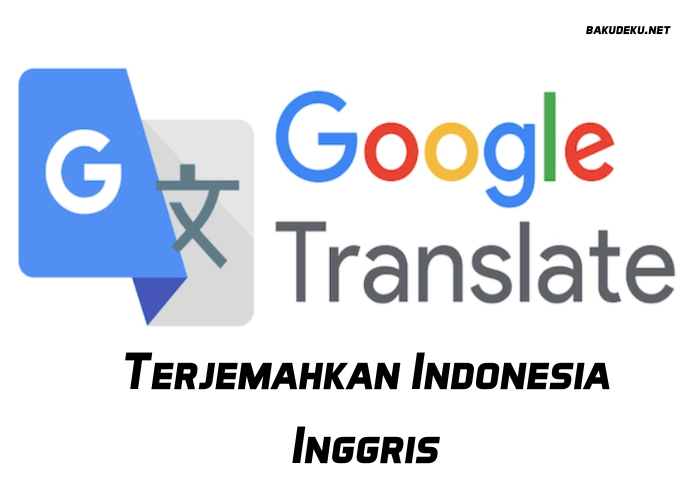In an increasingly interconnected world, the need for effective communication across languages has never been greater. As businesses expand globally and individuals seek to connect with people from diverse backgrounds, the demand for translation services has skyrocketed. One of the most common language pairs in translation is Indonesian to English, and vice versa. In this article, we will delve deep into the world of translation, focusing on the process of translating from Indonesian to English, or Terjemahkan Indonesia Inggris. We will explore the challenges and intricacies of this language pair, the tools and techniques available to translators, and the importance of SEO friendly translation services in today’s digital landscape.
Understanding the Indonesian and English Languages
Before we dive into the art of translation, it’s essential to understand the linguistic and cultural nuances of both the Indonesian and English languages. This knowledge is the foundation upon which successful translation is built.
The Indonesian Language
Indonesian, or Bahasa Indonesia, is the official language of Indonesia and is spoken by over 270 million people. It belongs to the Austronesian language family and is written in the Latin script. Indonesian is known for its straightforward grammar and relatively simple verb conjugations compared to many other languages.
However, Indonesian is not without its complexities. It has a rich vocabulary influenced by local dialects, historical interactions with other languages, and the assimilation of foreign words. Moreover, the language exhibits a high level of politeness and formality, which must be accurately conveyed in translation.
The English Language
English, as a global lingua franca, is spoken by approximately 1.5 billion people worldwide. Its vocabulary is incredibly vast, thanks to its diverse history, which includes influences from Latin, French, Germanic languages, and many more. English grammar can be intricate, with numerous verb tenses, irregular verbs, and complex sentence structures.
Translating between Indonesian and English requires not only linguistic proficiency but also cultural awareness. Each language reflects its culture’s values, norms, and traditions, and understanding these subtleties is crucial to producing accurate translations.
The Challenges of Indonesian to English Translation
Translating between Indonesian and English presents several challenges, making it imperative for professional translators to navigate these complexities adeptly.
Divergent Grammar and Structure
Indonesian and English have fundamentally different grammatical structures. For instance, Indonesian often uses context to determine subjects and objects, while English relies heavily on word order.
Vocabulary Differences
While English has a vast vocabulary, Indonesian may use multiple words or expressions to convey what English expresses with a single word. This requires translators to make contextually appropriate choices.
Cultural Nuances
Translating cultural references, idioms, and humor can be tricky. What works in one language may not have an equivalent in the other, necessitating creative solutions.
Register and Style
Translators must consider the appropriate level of formality, tone, and style for the target audience and purpose of the translation.
SEO Considerations
In the digital age, SEO (Search Engine Optimization) plays a crucial role in content translation. Translators must understand SEO principles to ensure that translated content ranks well in search engine results.
The Art of SEO Friendly Indonesian to English Translation
In today’s digital landscape, SEO is a game changer for businesses and individuals looking to expand their online presence. SEO friendly translation is a specialized skill that combines language expertise with an understanding of search engine algorithms. Here’s how to master the art of SEO friendly Indonesian to English translation.
Keyword Research
Start by identifying the keywords and phrases that your target audience is likely to use when searching for content in English. There are various tools available for keyword research, such as Google Keyword Planner and SEMrush.
Transcreation
Transcreation goes beyond literal translation. It involves adapting content to resonate with the target audience while maintaining the intended message. Transcreators have a deep understanding of both cultures and can create content that feels natural to English-speaking users.
Maintain SEO Best Practices
Ensure that the translated content adheres to SEO best practices, such as using keywords naturally within the text, optimizing meta titles and descriptions, and including relevant headers and subheadings.
Quality Over Quantity
While SEO aims to improve visibility, the quality of the translation should never be compromised. Poorly translated content can harm your brand’s reputation and credibility.
Stay Updated
SEO algorithms and trends evolve constantly. Translators must stay informed about the latest SEO updates and adapt their strategies accordingly.
Tools for Indonesian to English Translation
Professional translators often use a range of tools to streamline the translation process and maintain accuracy.
ComputerAssisted Translation (CAT) Tools
CAT tools like SDL Trados and MemoQ help translators manage terminology and maintain consistency across translations.
Machine Translation (MT)
While not a replacement for human translation, MT tools like Google Translate can be used as references to speed up the process and increase productivity.
Translation Memories
These databases store previously translated content, making it easier for translators to maintain consistency across multiple projects.
Conclusion
The art of translating from Indonesian to English, or Terjemahkan Indonesia Inggris, is a complex and rewarding endeavor. To excel in this field, one must possess linguistic proficiency, cultural awareness, and a keen understanding of SEO principles. As businesses and individuals continue to seek global reach, the demand for high-quality, SEO friendly translations will only increase. By mastering this skill, translators can bridge linguistic and cultural gaps, ensuring effective communication in our interconnected world.









